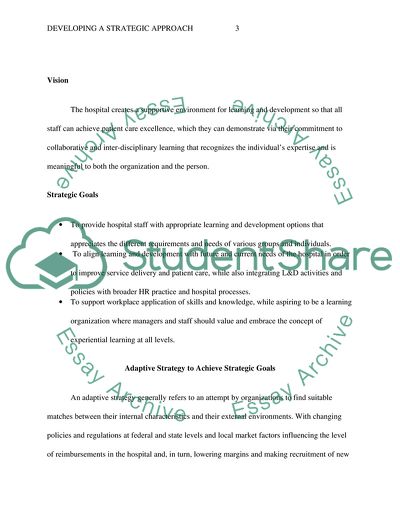Cite this document
(Developing a Strategic Approach Assignment Example | Topics and Well Written Essays - 1750 words, n.d.)
Developing a Strategic Approach Assignment Example | Topics and Well Written Essays - 1750 words. https://studentshare.org/health-sciences-medicine/1876558-developing-a-strategic-approach
Developing a Strategic Approach Assignment Example | Topics and Well Written Essays - 1750 words. https://studentshare.org/health-sciences-medicine/1876558-developing-a-strategic-approach
(Developing a Strategic Approach Assignment Example | Topics and Well Written Essays - 1750 Words)
Developing a Strategic Approach Assignment Example | Topics and Well Written Essays - 1750 Words. https://studentshare.org/health-sciences-medicine/1876558-developing-a-strategic-approach.
Developing a Strategic Approach Assignment Example | Topics and Well Written Essays - 1750 Words. https://studentshare.org/health-sciences-medicine/1876558-developing-a-strategic-approach.
“Developing a Strategic Approach Assignment Example | Topics and Well Written Essays - 1750 Words”. https://studentshare.org/health-sciences-medicine/1876558-developing-a-strategic-approach.


